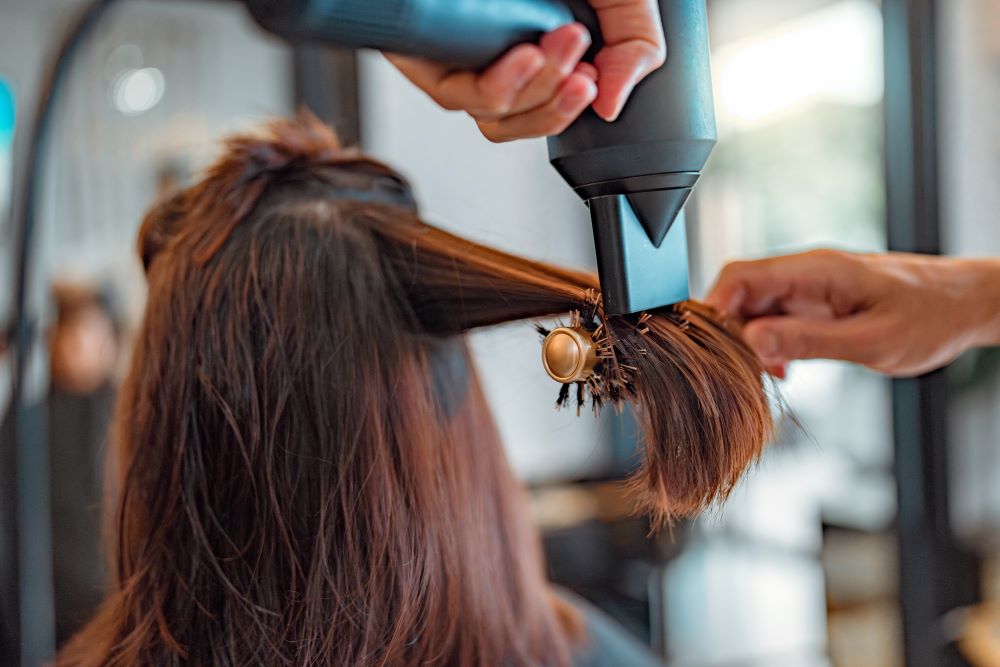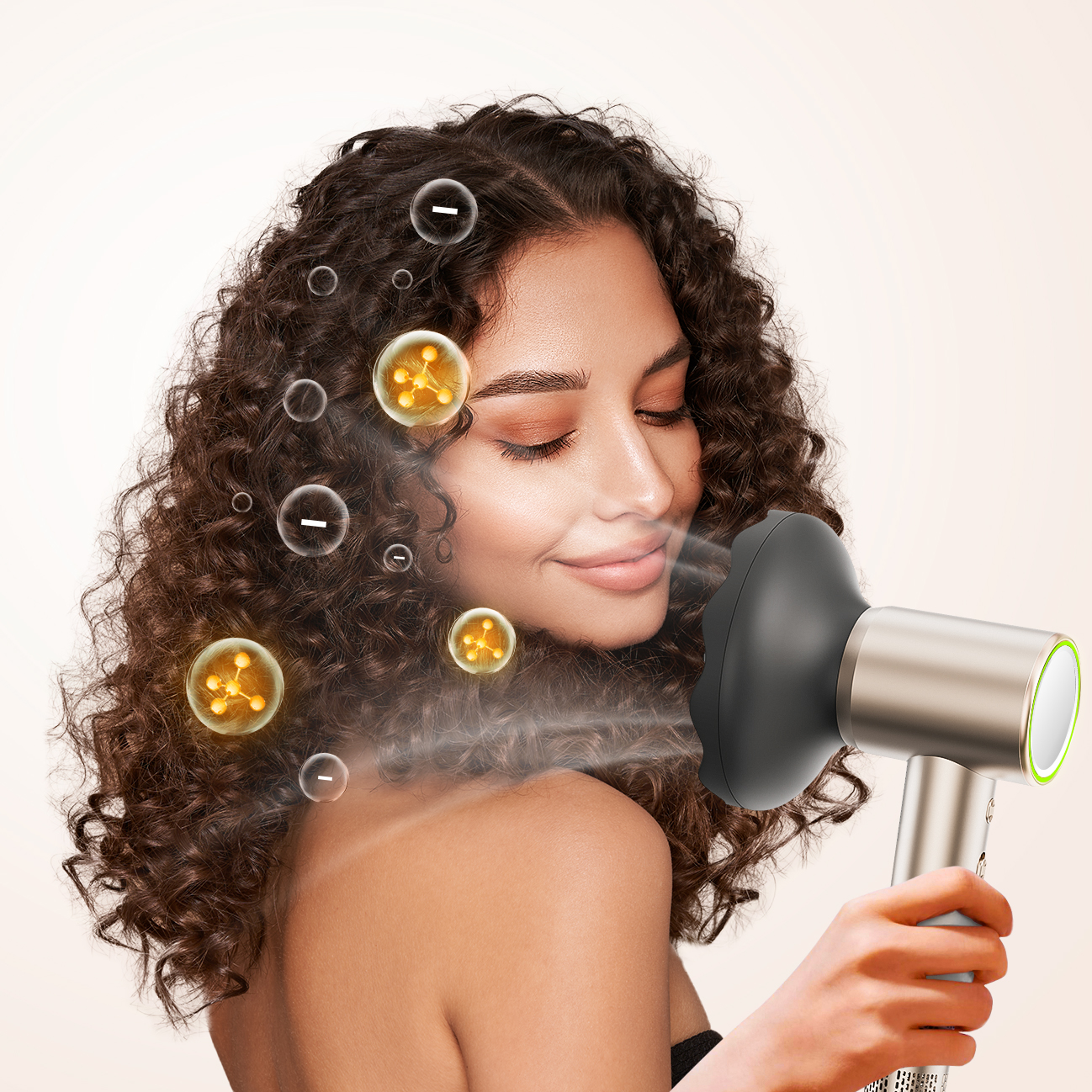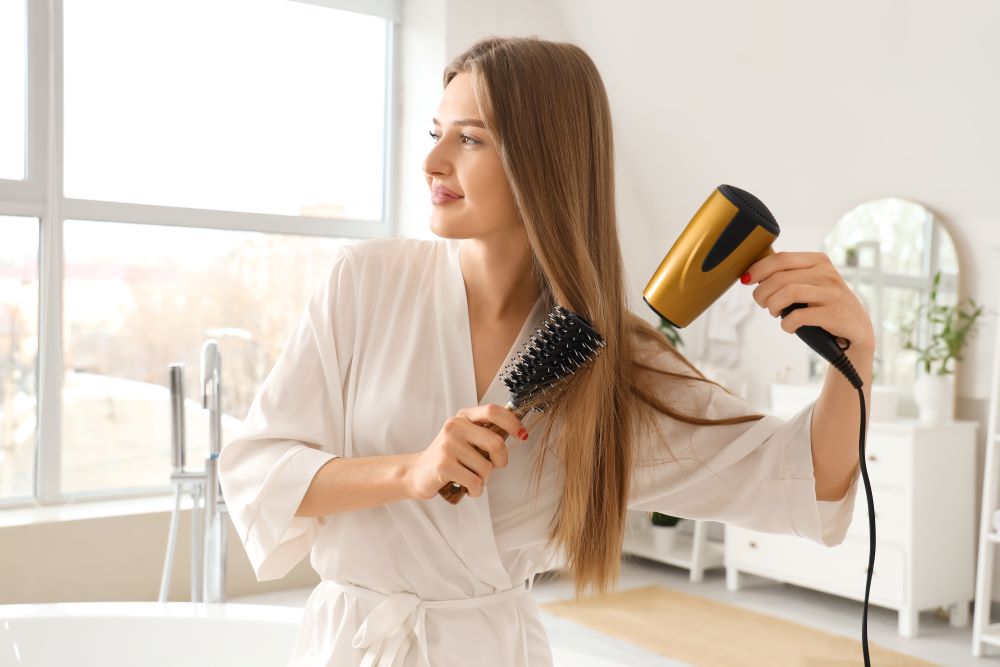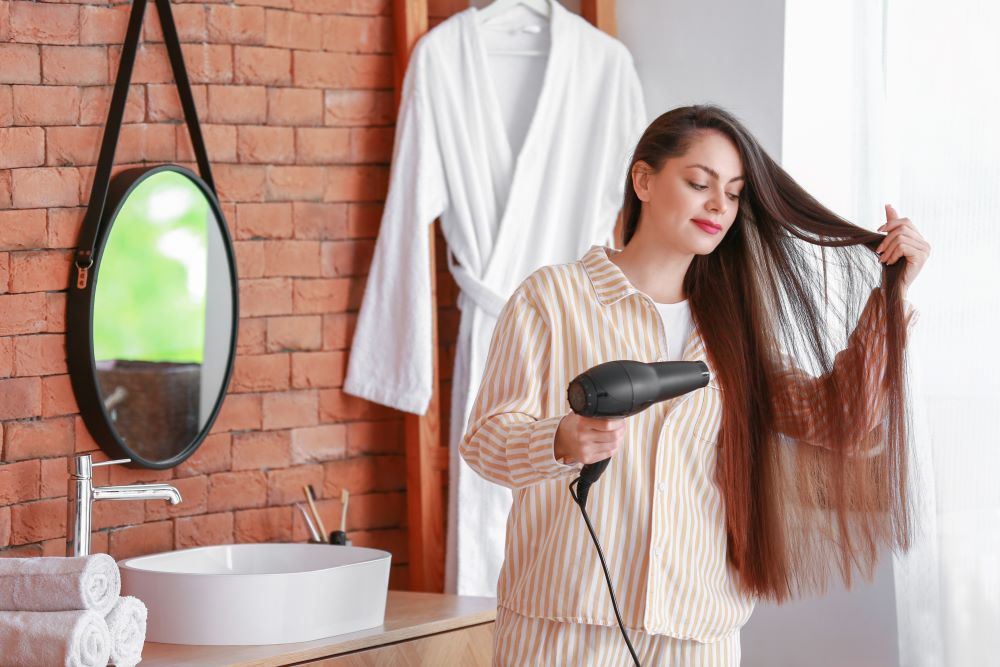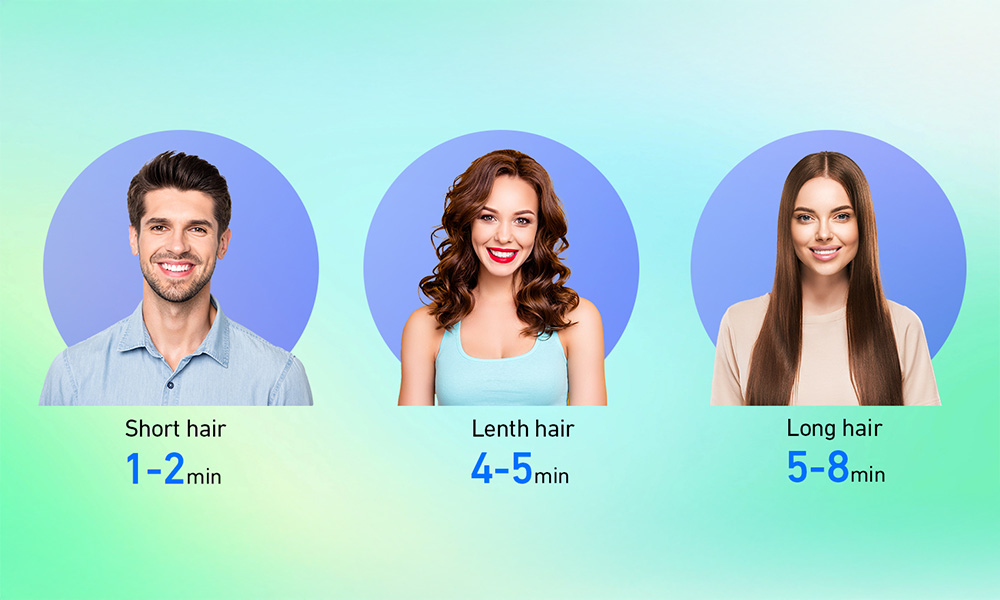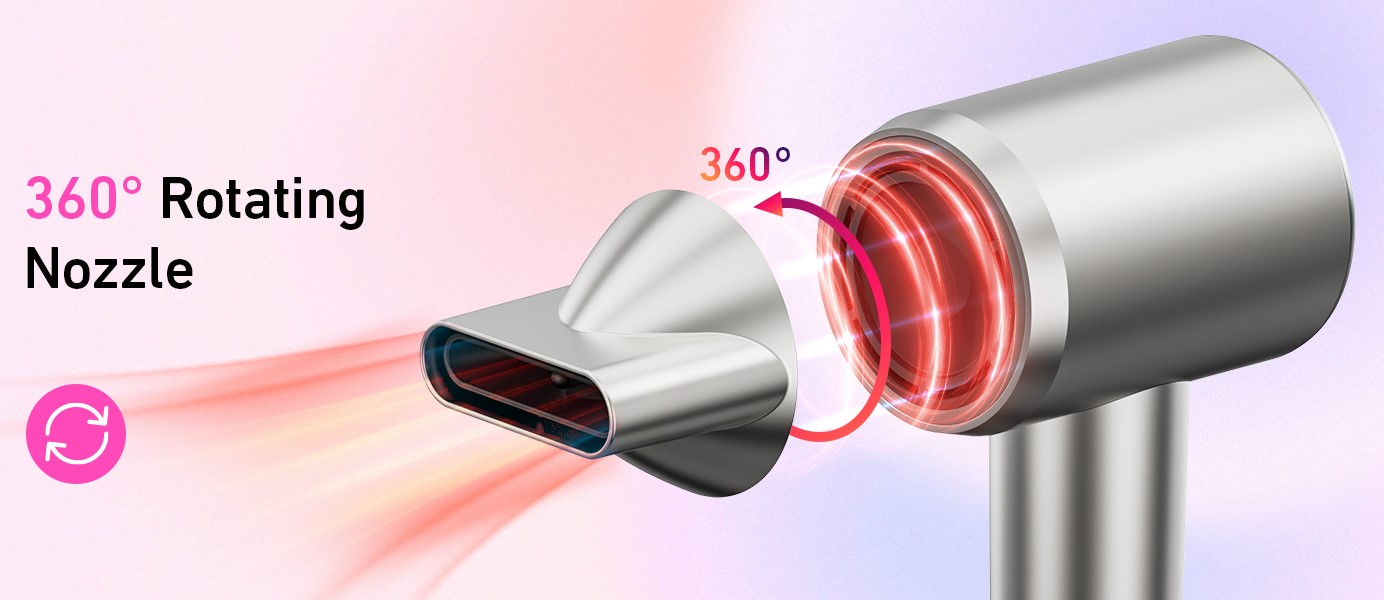
- Home
- Hair Dryer
- Hair Care Tips
- The Science of Hair: What Every Hair Lover Should Know
The Science of Hair: What Every Hair Lover Should Know
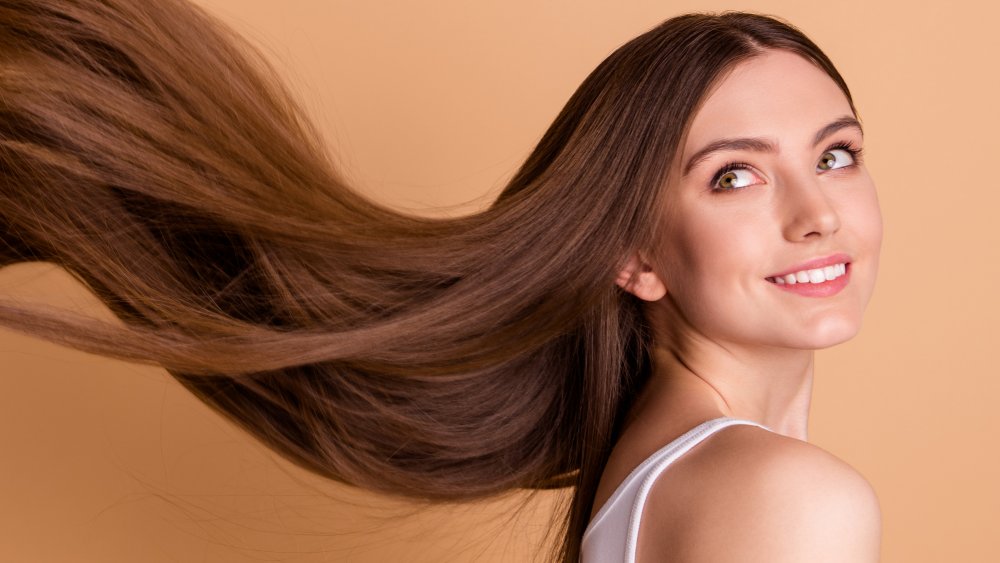
Hair plays a vital role in our self-expression and identity. From its texture and color to its overall health, understanding the science behind hair can empower us to make informed decisions on how we care for it. This blog delves into the scientific principles that govern hair structure, growth, and maintenance, presented in an approachable and easy-to-understand manner. Whether you’re a professional in the beauty industry or a passionate hair enthusiast, this guide will cover all aspects of hair science to ensure your tresses look and feel their best.
1. The Structure of Hair: Building Blocks of Beauty
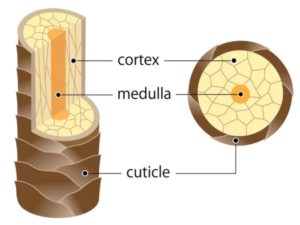
Hair may seem simple on the surface, but it’s a complex structure composed of different layers, each playing a specific role in its appearance and strength. Understanding these layers helps in selecting the best products and treatments for your hair type.
The Cuticle: The Protective Outer Layer
The outermost layer of the hair is called the cuticle. It is made up of overlapping cells, resembling the shingles on a roof, which protect the inner layers. The condition of the cuticle determines hair’s smoothness, shine, and resistance to damage. Products that target cuticle health, such as conditioners and oils, help maintain a sealed and smooth surface, making hair appear healthier and less prone to breakage.
The Cortex: The Core of Hair Strength and Color
Beneath the cuticle lies the cortex, the thickest part of the hair strand. The cortex is primarily responsible for hair’s strength, texture, and elasticity. It contains the pigment (melanin) that gives hair its color. Damage to the cortex can lead to weakened strands, loss of elasticity, and fading color. Proteins and amino acids are key components in maintaining cortex strength, which is why protein treatments are often recommended for damaged hair.
The Medulla: The Inner Core
At the center of the hair strand lies the medulla. Not all hair types have a medulla, but when present, it serves as the innermost layer. The medulla’s role isn’t fully understood, but it is thought to contribute to the overall thickness of hair. While it doesn’t significantly impact hair care routines, its presence is more common in thicker hair types.
2. Hair Growth Cycle: How Hair Grows and Why It Sheds
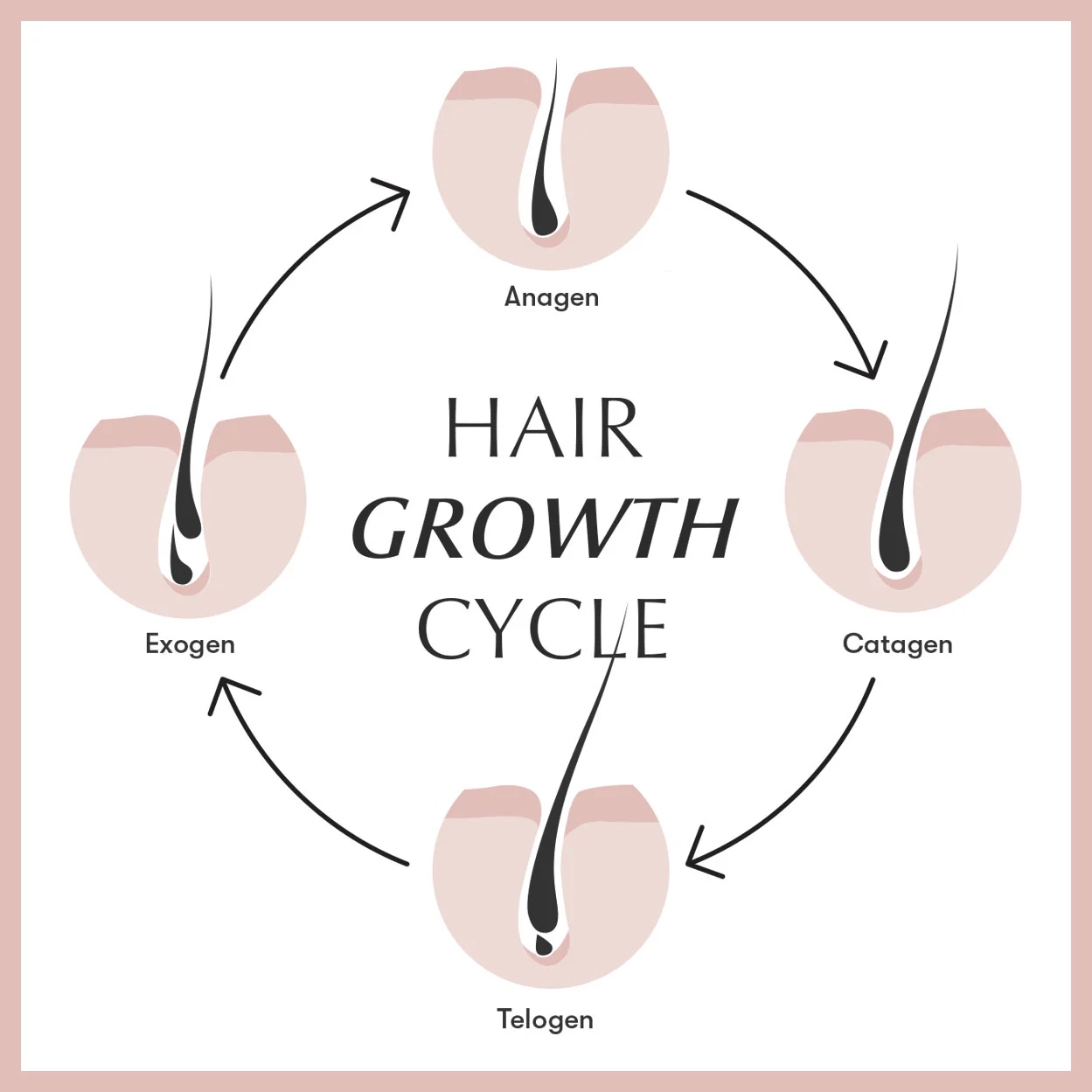
Hair growth is cyclical, and every strand goes through different phases during its lifetime. Understanding these phases can help explain common concerns like hair thinning, shedding, and growth plateaus.
Anagen Phase: The Growth Stage
The anagen phase is the active growth stage of hair. It can last anywhere from two to six years, depending on genetics and other factors. During this phase, hair follicles are producing new cells, leading to hair elongation. Hair growth treatments, such as minoxidil, often aim to prolong the anagen phase to increase the number of active follicles and promote denser growth.
Catagen Phase: The Transition Stage
After the anagen phase, hair enters the catagen phase, a brief transitional period that lasts for about two weeks. During this phase, hair growth slows down, and the follicle begins to shrink. While this phase is relatively short, it’s a critical step before hair moves into the next phase.
Telogen Phase: The Resting and Shedding Stage
The telogen phase is the resting period, where hair no longer grows and is eventually shed to make way for new growth. This phase lasts about three months, and it’s normal to shed 50–100 hairs a day during this time. However, factors such as stress, hormonal changes, or poor nutrition can extend the telogen phase, resulting in excessive shedding.
Exogen Phase: New Growth
The exogen phase is when the old hair is fully detached from the follicle, and new hair begins to grow in its place. This phase is closely linked to the anagen phase, as new hair follicles emerge from the scalp. Hair growth treatments or lifestyle changes that support healthy anagen growth can accelerate the transition from telogen to exogen.
3. Factors Affecting Hair Health: Internal and External Influences
Healthy hair doesn’t just happen—it’s a result of a combination of genetics, lifestyle, and environmental factors. By understanding the different elements that influence hair health, we can take proactive steps to protect and nurture our locks.
Genetics: Your Hair’s Blueprint
Genetics play a major role in determining hair type, texture, color, and even growth rate. Curly, straight, or wavy hair is determined by the shape of the hair follicle, which is inherited from your parents. While you can’t change your genetics, understanding your hair type helps in selecting the right products and care routine. For instance, curly hair tends to need more moisture, while fine hair benefits from volumizing products.
Nutrition: Feed Your Follicles
Hair is made up of keratin, a protein, so it’s no surprise that diet plays a critical role in hair health. Nutrients like protein, iron, zinc, and vitamins A and E are essential for strong, healthy hair. Deficiencies in these nutrients can lead to thinning, breakage, and dullness. Incorporating a balanced diet rich in leafy greens, lean meats, and whole grains can promote optimal hair growth.
Hormonal Changes: Impact on Hair Thickness and Shedding
Hormones influence hair growth and shedding. During pregnancy, increased levels of estrogen prolong the anagen phase, resulting in fuller hair. Conversely, postpartum hair loss is common as hormone levels return to normal. Similarly, thyroid imbalances or hormonal shifts during menopause can affect hair density and texture. If you’re experiencing unexplained hair loss, consulting a healthcare provider about hormone levels can help identify any underlying issues.
Environmental Damage: Pollution, Sun, and Water
Daily exposure to environmental stressors, such as UV rays, pollution, and hard water, can degrade hair health. UV exposure can weaken the cuticle, while pollution leads to scalp buildup and clogged follicles. Hard water, rich in minerals, can leave deposits on hair, making it feel dry and unmanageable. Using protective products like leave-in conditioners with UV filters and clarifying shampoos can mitigate these effects.
4. Common Hair Myths: Debunking Misconceptions
Hair care myths are abundant, but separating fact from fiction is crucial for a healthy hair routine. Let’s debunk some of the most common hair myths.
Myth: Frequent Trimming Makes Hair Grow Faster
Truth: Hair grows from the follicle, not the ends, so cutting hair won’t speed up growth. However, regular trims do help eliminate split ends, preventing further breakage and giving the illusion of thicker, healthier hair.
Myth: Brushing Hair 100 Times a Day is Beneficial
Truth: Excessive brushing can cause unnecessary stress on hair strands and the scalp, leading to breakage and hair loss. Gentle detangling with a wide-tooth comb or a brush designed for wet hair is much more effective.
Myth: Hair Can Become Immune to Shampoo
Truth: Hair doesn’t become “immune” to products, but it can develop a buildup of oils and residue over time. If your shampoo stops feeling effective, it’s likely because of product buildup. Clarifying shampoos or alternating between formulas can solve this problem.
5. Hair Care for Different Hair Types: Customizing Your Routine
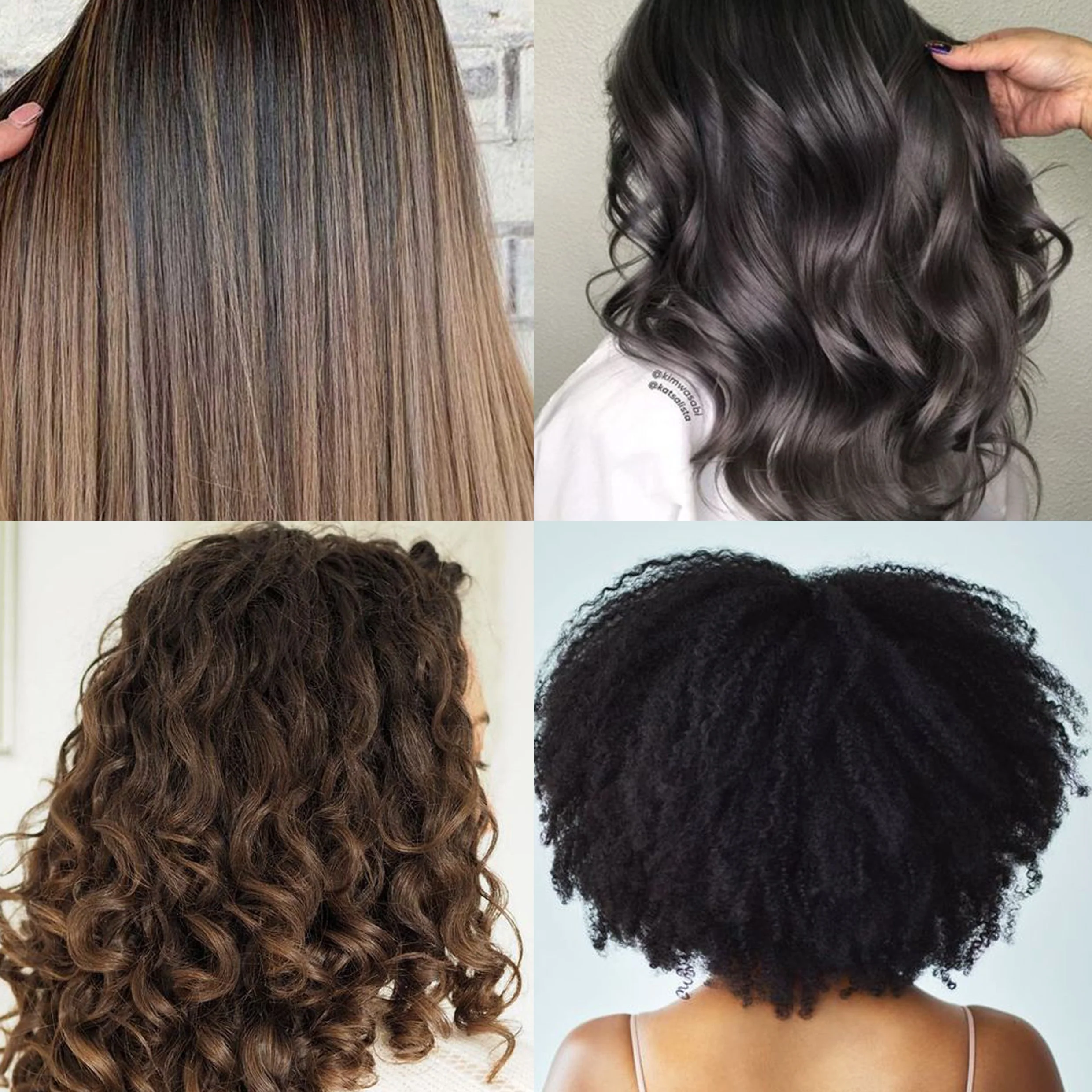
Not all hair is the same, and different hair types require unique care routines. Understanding your specific hair type can help you select the best products and treatments.
Straight Hair: Managing Oiliness and Volume
Straight hair tends to become oily more quickly, as natural oils travel down the hair shaft easily. Volumizing shampoos and lightweight conditioners are ideal for this hair type, as they help create lift and reduce oiliness. Dry shampoo can be a lifesaver for those with fine, straight hair looking to extend time between washes.
Curly Hair: Hydration and Frizz Control
Curly hair is often drier and more prone to frizz, as the natural oils from the scalp have a harder time reaching the ends of the hair. Deep conditioning treatments and moisturizing products like leave-in conditioners and curl creams help keep curls hydrated and defined. It’s also essential to avoid harsh sulfates, which can strip the hair of its natural oils.
Coily Hair: Moisture Retention and Scalp Care
Coily hair is the most fragile hair type, with tight curls that can easily become dry and brittle. To prevent breakage, moisture retention is key. Using rich, emollient-based products and incorporating regular scalp massages to stimulate hair growth can help maintain strong, healthy coils. Protective hairstyles, such as braids and twists, also reduce manipulation and breakage.
Wavy Hair: Balancing Moisture and Definition
Wavy hair falls somewhere between straight and curly, often needing a balance of moisture and volume. Lightweight creams and gels can help define waves without weighing them down, while occasional deep conditioning treatments maintain hydration.
6. Best Practices for Healthy Hair: Tips and Tricks
Whether your hair is straight, curly, or somewhere in between, following these general tips can help maintain hair health.
Avoid Heat Styling as Much as Possible
Excessive heat styling from straighteners, curling irons, and traditional blow dryers can weaken the cuticle, leading to dryness, breakage, and split ends. Whenever possible, limit the use of these tools to keep your hair healthy. If you must style with heat, always apply a heat protectant to minimize damage by creating a protective barrier.
Additionally, you can opt for a hair dryer designed to care for your hair, such as those with advanced technology like ionic or ceramic systems. These dryers reduce drying time while locking in moisture and minimizing frizz. Look for features like adjustable heat settings and cool shot buttons, which allow you to dry and style your hair with less heat exposure, helping to preserve the health and shine of your strands.
Embrace Gentle Hair Handling Techniques
Roughly towel-drying hair or aggressively brushing when wet can lead to breakage. Instead, gently squeeze out excess water with a microfiber towel or cotton t-shirt and use a wide-tooth comb to detangle.
Use Products Suited to Your Hair’s Needs
Selecting the right products for your hair type is crucial. Look for shampoos, conditioners, and treatments that address your specific concerns—whether that’s hydration, volume, or damage repair.
Maintain a Healthy Scalp
The scalp is the foundation for hair growth, so keeping it clean and balanced is essential. Regular exfoliation can help remove product buildup and promote healthy follicles, while moisturizing treatments keep the scalp hydrated.
7. Innovations in Hair Care: The Future of Hair Science
The hair care industry is constantly evolving, with new technologies and treatments emerging to address common concerns. From personalized hair care products to scalp microbiome treatments, the future of hair science looks promising. Understanding the science behind these innovations can help you stay ahead of the curve and ensure your hair remains healthy and vibrant.
Personalized Hair Care Products
Advancements in technology are allowing brands to create customized hair care solutions based on individual needs. DNA testing, hair analysis, and personalized formulas are helping consumers target specific concerns with precision.
Scalp Microbiome Research
Research into the scalp microbiome—the community of microorganisms living on the scalp—is revealing new insights into hair health. Maintaining a balanced scalp microbiome may help reduce dandruff, scalp irritation, and hair thinning.
Smart Hair Devices
The introduction of smart hair devices, such as scalp analyzers and heat-styling tools with built-in sensors, is revolutionizing how we care for our hair. These devices can provide real-time feedback on hair health and adjust settings to prevent damage.
Conclusion
The science of hair is a fascinating and multifaceted field that holds the key to achieving your hair goals. By understanding the structure of hair, the growth cycle, and the factors that influence its health, you can make informed decisions to maintain beautiful, strong locks. Whether it’s through personalized hair care routines, nutrition, or innovative new products, taking a science-backed approach to hair care will ensure your tresses are always at their best.
Popular Post

Ultimate Guide to Using a Hair Dryer with Nozzle for Styling
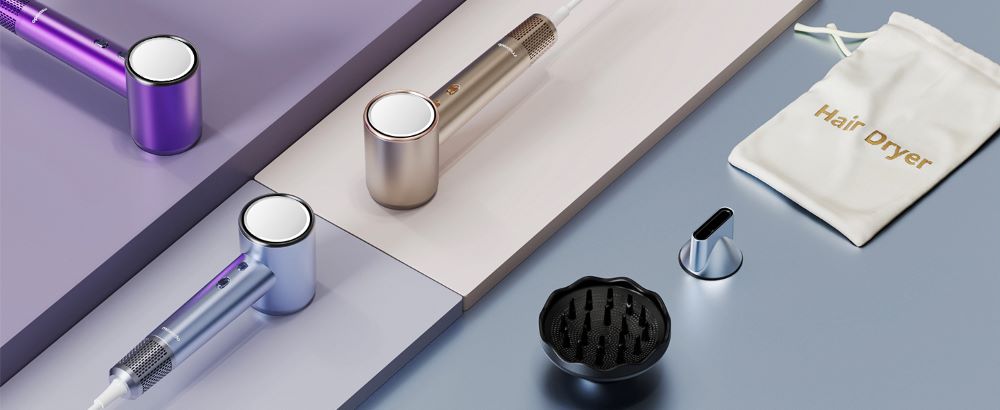
The Benefits of Using a Hair Dryer with a Diffuser
